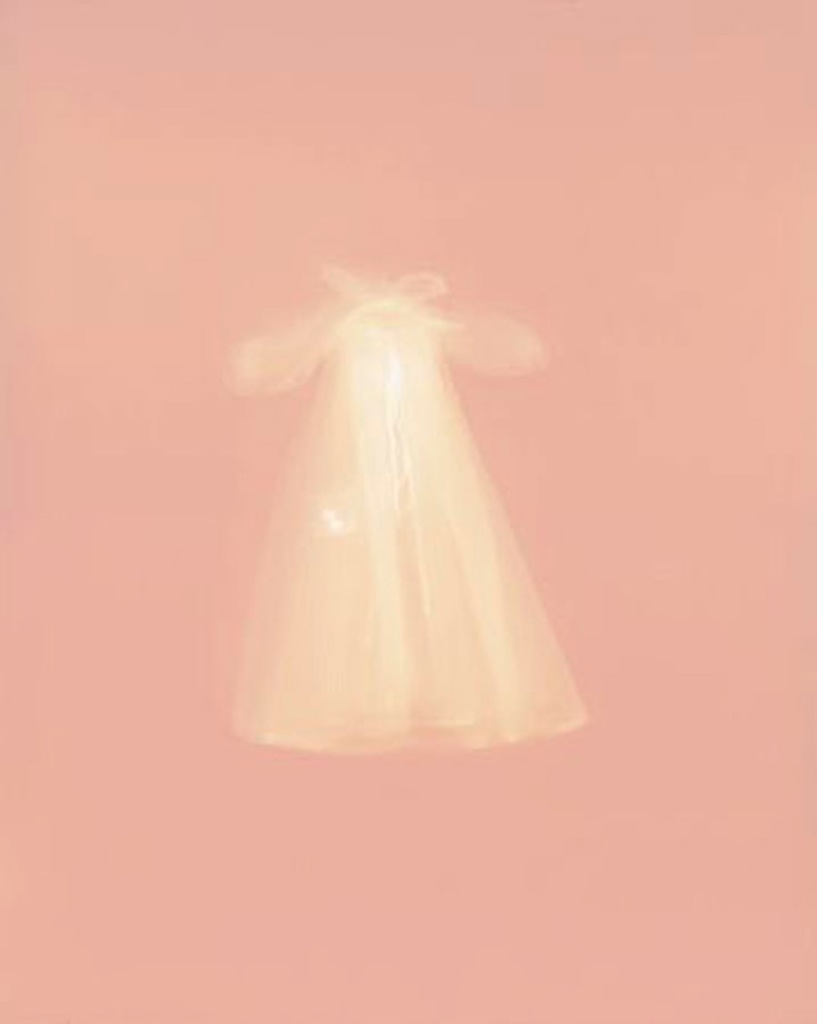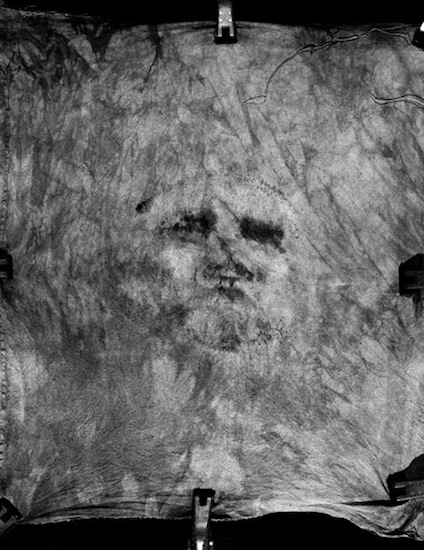
© f&d cartier, Someday/Catherine 2001, unique daylight photogram
Anzenberger Gallery Absberggasse 27 1100 Vienne Autriche
f&d cartier « Wait and See »
f&d cartier place objets trouvés on photo paper and expose them to daylight. Expanding on their already known “camera-less” photographic processes, the couple are now seeking to take a minimalist approach to their images. Intimacy, death, continuity, and time are central themes in their work. Playing with the given space and light, f&d cartier’s Wait and See installation of vintage photographic printing paper from 1880 to 1980 constantly changes before the viewers’ eyes. Confronted with the nature of the light’s impact, the papers’ neverending color transformation begins, each one unique due to its own “DNA” (chemistry, surface, age). To perceive the gradual “chromatic story” that each paper reveals, the viewer is asked to be patient and to observe a latent process, which is actually that exact moment captured and frozen, but still always developing.
The visual artist couple Françoise und Daniel Cartier exhibit as f&d cartier and live in Biel / Bienne, Switzerland. Since 1995, they have merged their practices – plastic arts & photography – in order to develop new approaches. Paring down to the indispensable prerequisites for photography – light and photosensitive paper –, they mainly opt for the “camera-less” technique combined with the “found object” concept. Françoise attended the Kunstschule in Bern and Daniel attended the Zürcher Hochschule der Künste in Zürich. Exhibiting for over 40 years, f&d cartier are in the permanent collections of the Museum of Fine Arts, Houston; Musée de l’Élysée, Lausanne; Museet for Fotokunst, Odense; Kunstammlung F. Hoffman-La Roche AG, Basel, and the Museum of Modern Art in Rio de Janeiro (MAM). f&d cartier were honored with the National Endowment of the Arts Creativity Grant.

© f&d cartier, veni etiam no. 1469, 2009
Reiner Riedler « Sweat »
For his latest project, Reiner Riedler works with a completely new “camera-less” technology. His negatives are made of cotton cloth that is treated with sensor dyes. The material is thus reactive: when in contact with sweat, a chromatic process is set in motion and the background changes color from pink to yellow. The fabric is placed either on top or underneath the sweaty bodies for a few minutes and there is only one attempt for each “exposure”. Following the absorption of the sweat, a photographic reproduction of the “imprint” is made after the colors pink and yellow colors are converted to grayscale. After the reproduction the originals are washed as they fade or even disappear after a short time due to environmental influences. What is exhibited in the end are the positives shown as pigment prints and one original imprint. The fabric has been specifically developed and produced by the research institute Fraunhofer Research Institution for Mod ular Solid State Technologies EMFT.

© Reiner Riedler from the series Sweat - Portrait of a woman
Reiner Riedler was born in Gmunden, Austria in 1968. He studied ethnology and attended a college for photography in Vienna. He later decided to dedicate himself solely to photography and studied image sciences at the Danube University of Krems. As a traveller, he visits the periphery of our habitats, always searching for the fragile beauty of human existence with all its desires and abysses. His most recent work deals with fundamental questions of existence. Exhibitions (selection): EB Galerie, Zürich; Miami Airport Art Center; Galerie Hengevoss-Dürkop, Hamburg; Salons d’Honneur of the Town Hall Levallois, Paris; Sirius Art Center, Cork; Somerset House, Positive View Foundation, London; MOP, Denver; Centre George Pompidou, Paris; Blue Sky Gallery, Portland, Oregon; Schirn Kunsthalle, Frankfurt.

